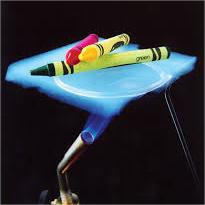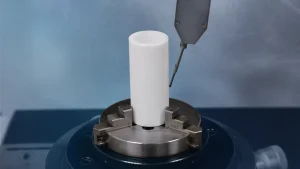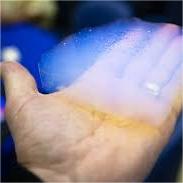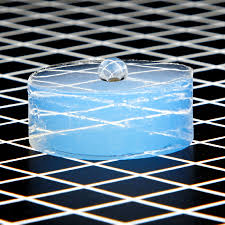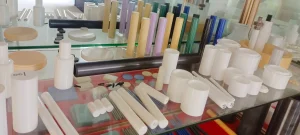Professional industry ceramic supplier, silicon nitride, silicon carbide, aluminum nitride and any other kinds of ceramics.
1. Introduction
In the past 48 hours, a surge in demand for high-performance lab and industrial ceramics has been reported, driven by renewed interest in sustainable metallurgy and clean energy research. Companies specializing in advanced ceramics—including silicon carbide crucibles—are scaling production to meet global needs for efficient, reusable high-temperature containers. Whether you’re melting metals, conducting lab experiments, or working in foundry operations, knowing how to properly use and care for your silicon carbide crucible is essential to avoid costly failures and ensure consistent results.
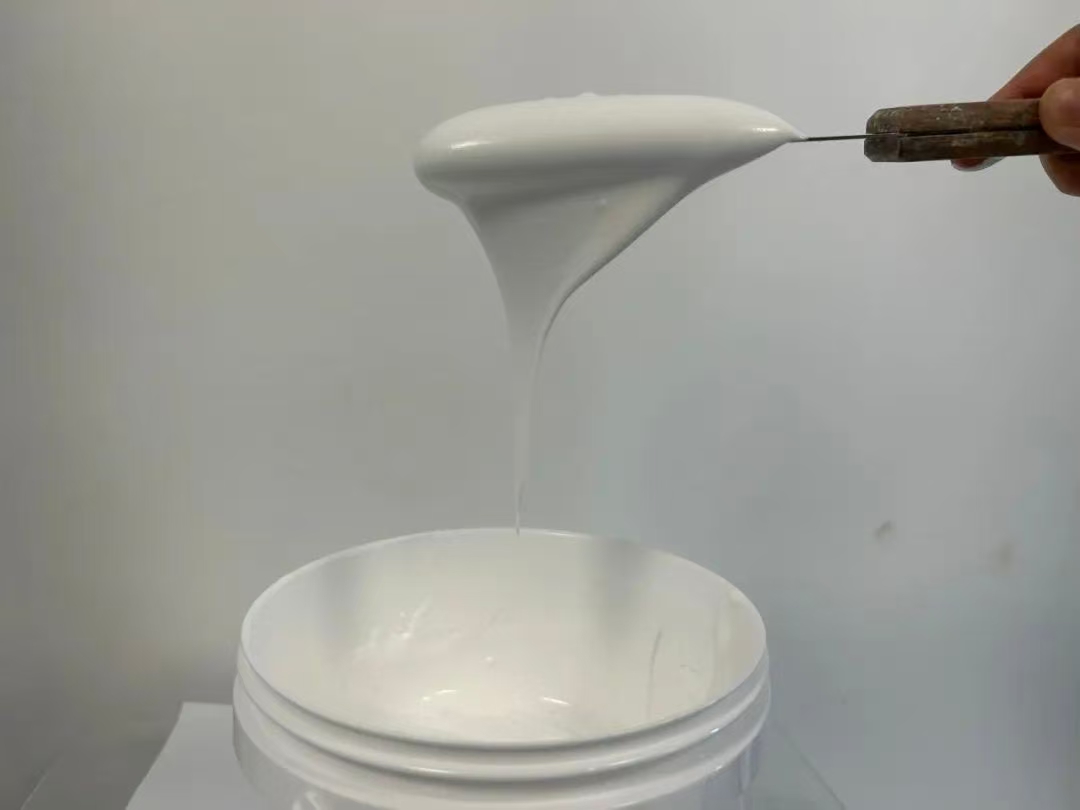
Silicon carbide crucibles are prized for their exceptional thermal conductivity, resistance to thermal shock, and ability to withstand temperatures above 1600°C (2912°F). Unlike alumina (Al2O3) or zirconia crucibles, silicon carbide offers superior heat distribution and mechanical strength—making it ideal for repeated use in demanding environments. However, improper handling can lead to premature cracking or contamination. This guide provides a clear, step-by-step approach to getting the most out of your silicon carbide crucible.
2. Understanding Your Silicon Carbide Crucible
Before diving into usage, it’s important to recognize that not all crucibles are created equal. A true silicon carbide crucible is made from sintered or reaction-bonded silicon carbide (RBSiC), offering high purity and structural integrity. Don’t confuse it with silicon nitride crucibles—though both are advanced ceramics, silicon nitride (Si3N4) excels in different applications, such as custom silicon nitride heat shields or silicon nitride rings used in semiconductor manufacturing. Similarly, boron carbide vs silicon carbide comparisons often arise, but boron carbide is harder and used more in armor or abrasives, not typically for crucibles.
Also note that while products like silicon carbide ceramic baking dishes, silicon carbide ceramic dinner plates, or silicon carbide ceramic serving bowls exist for culinary use, they are not suitable for high-temperature industrial melting. Stick to purpose-built crucibles for metallurgical or lab work.
3. Step-by-Step Guide to Using a Silicon Carbide Crucible
3.1. Preheating the Crucible
Never place a cold silicon carbide crucible directly into a hot furnace or over a direct flame. Thermal shock is the leading cause of crucible failure. Always preheat gradually:

- Start at 200–300°C (392–572°F) for 30 minutes to drive off moisture.
- Increase to 600–800°C (1112–1472°F) over the next hour.
- Only then ramp up to your target operating temperature.
This slow ramp prevents internal stresses that can cause cracks in the crucible wall.
3.2. Loading and Melting
When loading material (e.g., aluminum, copper, or precious metals):
- Fill the crucible no more than 75% full to allow for expansion and prevent spillage.
- Avoid dropping solid chunks into the crucible—this can chip the interior.
- Use clean, dry charge materials to minimize slag formation and chemical attack.
Silicon carbide crucibles work well with non-ferrous metals but may react with highly basic slags or certain oxides. For reactive melts, consider protective coatings or alternative crucibles like zirconia.
3.3. Handling During Use

Always use proper tongs designed for high-temp ceramics. Never clamp too tightly—silicon carbide is strong but brittle. Also, avoid sudden temperature changes during pouring. Let the crucible cool slightly before transferring molten material.
4. Common Problems and Solutions
4.1. Cracking or Spalling
If your crucible develops cracks, it’s likely due to rapid heating/cooling or mechanical impact. Solution: Always follow preheating protocols and inspect the crucible before each use. Minor surface spalling may be acceptable, but deep cracks mean it’s time to replace the crucible.
4.2. Contamination
Discoloration or unexpected reactions in your melt may indicate crucible degradation. Silicon carbide can oxidize above 1400°C in air, forming silica that may contaminate sensitive alloys. In such cases, consider using the crucible in an inert atmosphere or switching to a silicon nitride crucible factory product for ultra-high-purity applications.
4.3. Reduced Lifespan
A well-maintained silicon carbide crucible can last dozens of cycles. If yours fails quickly, check for:
- Inadequate preheating
- Use with incompatible materials (e.g., strong alkalis)
- Physical damage during handling
5. Cleaning and Storage
After use, allow the crucible to cool completely in the furnace or on a ceramic fiber board—never on a cold metal surface. Once cool, remove solidified residue with a soft brush or wooden scraper. Avoid water or chemical cleaners, as moisture can seep into microcracks and cause failure during the next heat cycle.
Store in a dry, dust-free environment. Stack carefully or use individual racks to prevent chipping. If you’re also using related components like silicon carbide ceramic columns, silicon carbide rings, or silicon carbide burner nozzles, store them similarly to maintain integrity.
6. When to Replace Your Crucible
Replace your silicon carbide crucible if you notice:
- Visible cracks or holes
- Warping or deformation
- Excessive glazing or slag buildup that can’t be removed
Don’t try to repair a damaged crucible—it’s a safety hazard.
7. Conclusion
A silicon carbide crucible is a powerful tool in high-temperature processing, but its performance hinges on proper use and care. By following this step-by-step guide—from gradual preheating to careful handling and storage—you’ll extend its life, ensure consistent results, and avoid common pitfalls. Remember, while related products like silicon carbide ceramic tiles, silicon carbide tubes, or even silicon carbide ceramic dinnerware share material properties, only a true silicon carbide crucible is engineered for extreme thermal and chemical demands. Treat it with respect, and it will serve you reliably for many cycles to come.
Our Website founded on October 17, 2012, is a high-tech enterprise committed to the research and development, production, processing, sales and technical services of ceramic relative materials such as How. Our products includes but not limited to Boron Carbide Ceramic Products, Boron Nitride Ceramic Products, Silicon Carbide Ceramic Products, Silicon Nitride Ceramic Products, Zirconium Dioxide Ceramic Products, etc. If you are interested, please feel free to contact us.

